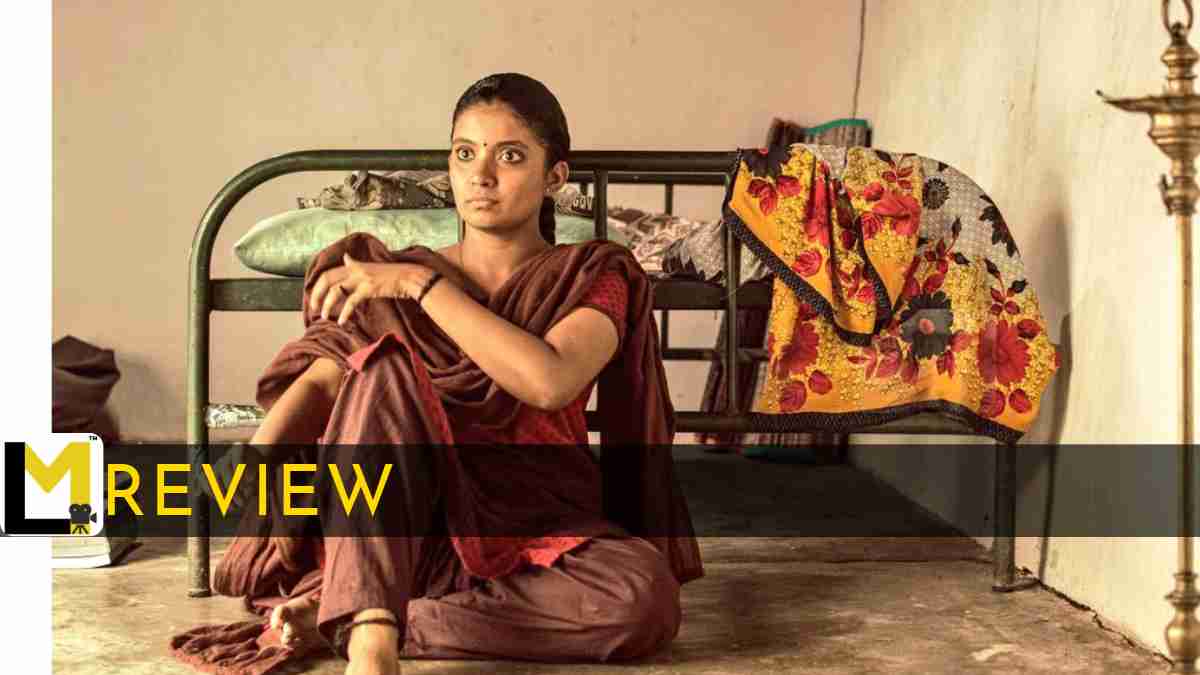f you have watched Koozhangal/ Pebbles, the very first directorial of PS Vinothraj, you would understand that he loves to create imagery and events that can be interpreted according to our ability to notice all the details. And character exposition is something he doesn’t do deliberately. Much like Kooazhngal, his latest film, Kottukkaali, The Adamant Girl, is also a tale where you get the whole picture only by the very end of the film. With Soori and Anna Ben delivering superb performances, this is yet another wonderfully crafted film from PS Vinothraj.
So we are introduced to this trip of a family to cure this girl named Meena. She was supposed to get married to Paandi, her maternal uncle, but something has happened, and Paandi is furious, and Meena is not talking. The family believes that she has been possessed, and their plan is to take her to a seer to fix her and make her marry Paandi. The events that happen in this journey are what we see in Kottukkaali.
In terms of the structuring of the screenplay, we can see certain similarities between the two films of Vinothraj. In Koozhangal, we are entering the life of the father and son at a midpoint. Similarly, we are entering the life of Meena after something major has happened. The decision to not speak is her protest against a patriarchal setup that just doesn’t allow her to be herself. So, like how we discovered the story of the father and son in Koozhangal by watching the entire film, here, we need to see the whole picture to understand the depth of the torture faced by Meena and what kind of a person Paandi is.
One of the major differences from Koozhangal is the fact that there is a lot of dialogue in this film, even though the leading lady has only one line. But none of the dialogues are deliberate expositions. The audience is like a stranger who is accompanying this family, and we are assuming and figuring out the past of this adamant girl from the minute details we get from the conversations and quarrels of the family.
PS Vinothraj is using animals as the only empathizers of the heroine. The rooster they are taking with them is trying its bit to stop the family by trying to die. There is a bull that forces the family to halt their journey for some time. While Meena is introduced to us through a normal medium shot, Paandi’s face is shown to us for the first time through an inverted shot. The road movie-like format is used to place various kinds of hurdles in front of the family before reaching the seer. And these hurdles have various purposes. How the men in the family treat their women is shown through two incidents, and one of them had Paandi trashing the entire family because Meena mumbled the lyrics of a song. The puberty ceremony of a young girl, a crematorium, the incidents featuring the animals, and the multiple breakdowns of the autorickshaw, etc., are depicted as some sort of subtle roadblocks that imply that the direction in which the family is headed is morally wrong.
Even in the latest film as a hero, Asuran, Soori is not really that raw. What is so refreshing about his performance in Kottukkaali is how he humanizes Paandi. He is morally on the wrong side, but for him, this girl and her adamance are perplexing, and that is why his patriarchal mind just can’t stand the idea of a silent Meena winning. And Soori depicts the mental state of the character very effectively. There is only one line for Anna Ben in the entire film. One can even make memes about the amount of effort she took for the movie, as from the outside, she is simply sitting inside the autorickshaw with that dead expression. But there are very minimal and vague details about Meena’s trauma in the film, and we can actually understand the degree of what she had gone through from Anna Ben’s expressions. Actually, PS Vinothraj cuts into visuals of her face on a mirror and a visual of a liberated Meena walking freely with open hair, and we get to see a version of Meena who is somewhat smiling in those bits.
Considering how good he is at communicating things through metaphors and minute details, the decision to write “The end of this journey is in your hands” at the end of the film felt a bit like a spoon-feeding tactic from PS Vinothraj. I am guessing that was done to make us understand that the final POV shot in the movie is the audience in the body of Paandi.
PS: It’s not your conventional film. Please try to watch PS Vinothraj’s first film, Koozhangal, which is available on SonyLIV. If you have enjoyed the craft of that film, then Kottukkaali is definitely going to satisfy you as a cinephile.
With Soori and Anna Ben delivering superb performances, this is yet another wonderfully crafted film from PS Vinothraj.
Green: Recommended Content
Orange: The In-Between Ones
Red: Not Recommended


